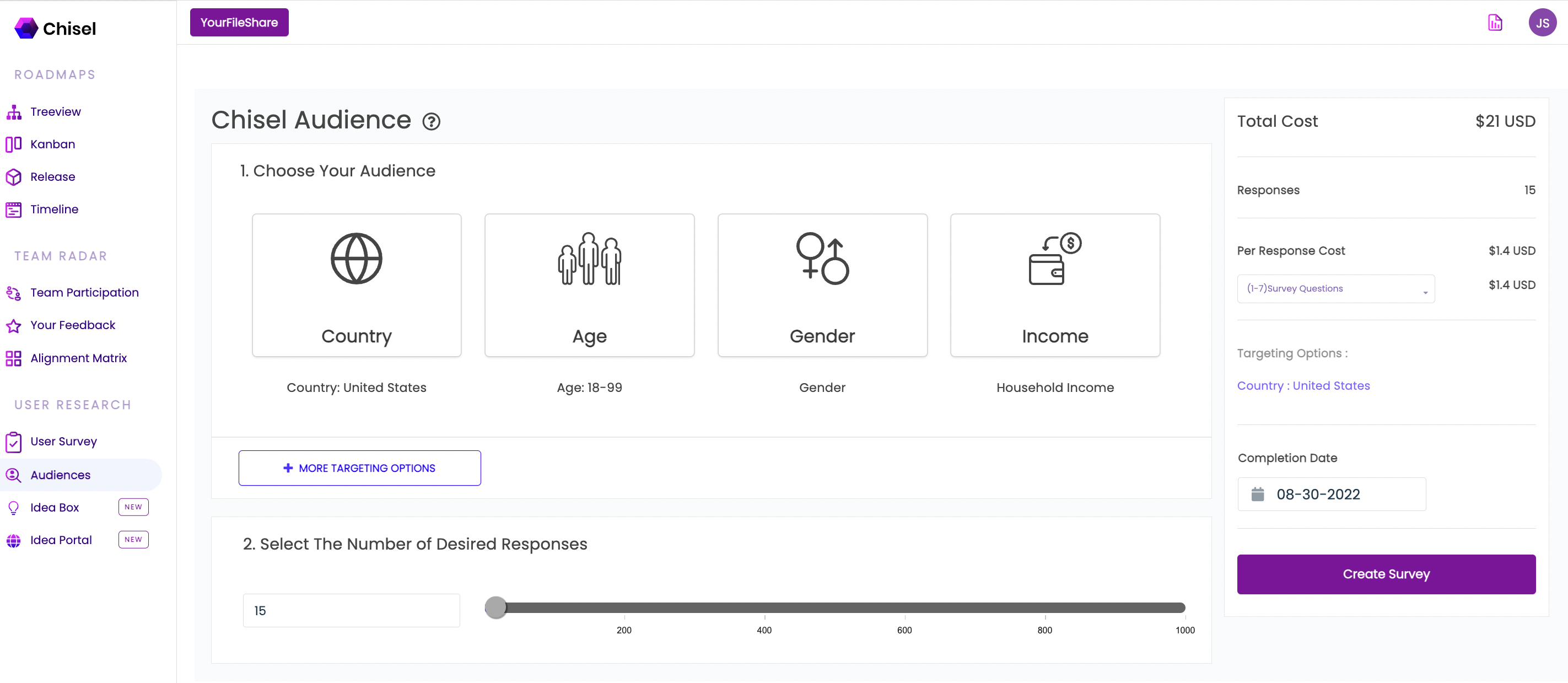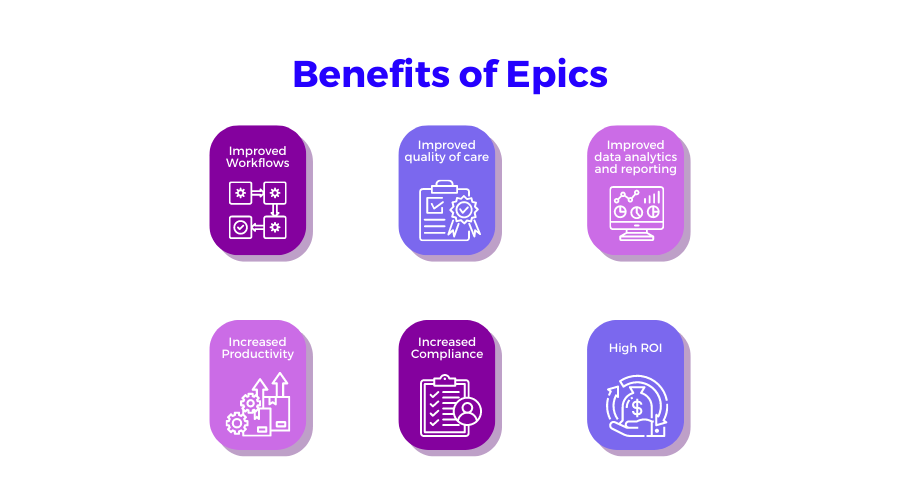
What Is an Epic?
Epic Definition
“An epic is a large body of work that you can cut into several smaller tasks, called user stories. These stories depend on the requirements/requests of customers or end-users. You can also refer to them as ‘issues’ in JIRA.”
Epics are an essential part of any agile and DevOps team. Epics go a long way in organizing the work and creating a hierarchical breakdown of the project.
Epics frequently embody a couple of teams on more than one initiative. You may also track them on more than one kanban board.
You primarily deliver epics over a set of sprints. Over time, a team learns more about an epic through development and customer feedback. Subsequently, it adds or removes user stories to it as necessary.
Bonus: Tap here to know the secret sauce for customer retention.
An essential aspect of agile epics is its scope in customer feedback and team cadence.
Receiving customer feedback is now seamless with the help of agile product management software like Chisel.

All of these features make the scope flexible.
The basic idea is to break work down into manageable pieces so that large projects can get done on time and continue to provide value to your customers regularly.
Epics help teams manage their tasks while continuing to work towards a bigger goal.
Why Do We Need Epics?
Epics help the teams to categorize their user stories and adequately set up the backlog.
Let’s look at an example: Suppose you have a task of the three-week sprint in hand. You also are involved in integration that has third-party and product involvement.
This work will most likely take more than a singular sprint to finish the tasks. And to help you with all this, we have epics.
You can describe the epic by including your product’s name, integration, and adding user stories. All this could consist of various sprints.
Bonus: Here is a helpful article about splitting user stories.
There might be multiple things on the table when we begin to work. Here is where the epics can come in handy. Epics will help you collect ideas from different areas and place them before you as your work progresses.
Epics can also be helpful with your abstract ideas when you have only one item in the backlog. Epic will do all of this until your team decides to break down the concepts into user stories.

An epic will give you a heads up when you reach certain milestones in your projects and features.
Who Writes Epics in Agile?
A product owner (PO) receives the task of writing agile epics.
The product owner will collaborate with essential stakeholders, including investors and clients.
They do this to ensure that they write the epics to satisfy the business and project needs.
How To Create an Agile Epic?
You can start creating an epic by considering the teams’ OKRs.
The following steps will guide you through creating an epic agile:
- Focus on creating the epics for such projects under the supervision of managers and executives of the business.
- You can use the epics and user stories to narrate the story of how you reached this decision of building a profit and feature.
- Your business culture will decide the length and breadth of the epic.
- Last but not least, time is an essential factor while creating an epic. Most teams go with a rough estimation of the completion of epic time, but that is counterproductive.
You need to know how long it will take to complete the epic. You should balance the timeline; not too stretched and not too narrow.
What Are the Examples of an Epic in Agile?
Let’s take an example of a mobile application built to onboard the beauty brand. The different kinds of user stories that the development teams need to have a look at are:
- A 3D feature option for people to wear filter-based makeup.
- A chatbot opens with every new entry to guide them and solve their doubts.
- Creating a space to put the promo codes so regular customers can benefit.
The team members will have to work on each of these user stories. After working on all the user stories, the teams can test and launch the product.
Advantages of Using Epics
- A large project might seem daunting in its early stages. However, suppose the same project gets subjugated into smaller pieces or tasks. In that case, it would not seem quite as intimidating as before.
- An epic effectively does the same thing, which helps organize a team’s goals and achieve them on time.
- It becomes effortless to track the overall progress of the project. You can understand the sophisticated features of the project by breaking them down into smaller sprints.
- The concept of hierarchy helps in structuring the core idea of the project.
- Epics help to track multiple teams or projects simultaneously without any disturbance in anyone’s work. That makes the project mechanism a lot more efficient.
- In backlog refinement, epics are pretty valuable for tracking the broad ideas of the project. You can identify the items your team doesn’t require from the product backlog and eliminate them.
FAQs
Stories, also called “user stories,” are written from an end user’s perspective. They are short requirements or requests given by the user. Epics act as the parent bodies break down into several smaller tasks, called stories.
An epic sits between a theme and a story in the agile development strategic hierarchy. Firstly, the team establishes a theme and then breaks it down into epics. The team considers epics as smaller strategic plans.
An epic is a powerful user story that you can divide into granular stories. You can put the epic into the format of, as a, I want, so that, and so on. You can also mention the epic in a short paragraph or a phrase.
An epic in SAFe is when you create an epic in a scaled agile framework (SAFe).
